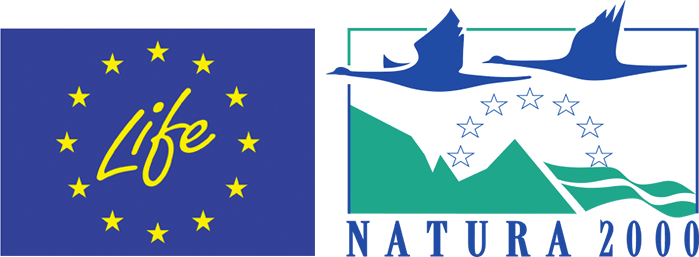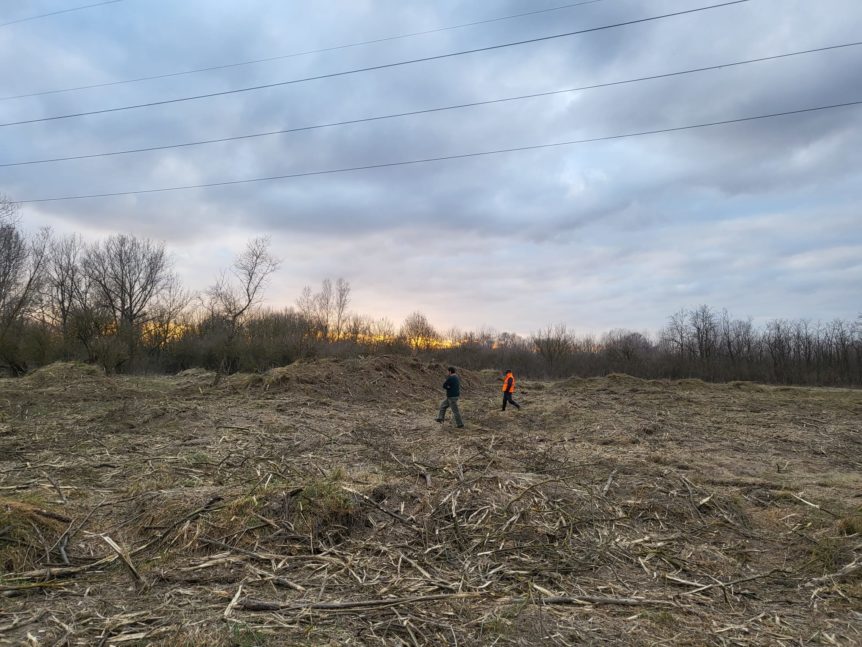With the new year, we have resumed at full pace the restoration activities in the habitats target of the project.
These days we are in S. Antonio Island, in the Po piemontese Park and Baraggia di Rovasenda, in Lenta’s municipality (VC). The interventions undertaken are different because both characteristics of the habitats and their state of conservation are different.
At S. Antonio Island we are rebuilding the arid prairie (Habitat 6210) from scratch, whose process involves the following 3 steps:
1. First of all, chopping and removing the invasive alien species, in particular, the shrubs of Amorpha fruticosa and Robinia pseudoacacia young individuals. In the cover image is clearly visible the result of the removal of the shrubs of Amorpha.
Other types of treatment are provided for adults and large individuals:
– For Robinia specimens, towards spring will be used endotherapy, the sub-ministrations of chemical substances directly inside the plants’ vessels;
– Different fate for elder (Sambucus nigra), which is a native species, the larger specimens will be kept to guarantee ecotonal conditions and more shade under their tree canopy.
2. Sod-cutting technique will follow, which involves the scarification (removal) of the first 15 cm of substrate.
3. Finally, we will proceed with the distribution of fiorume (seeds) harvested last summer in a donor site that already houses habitat 6210.
Unlike S. Antonio Island, in Baraggia di Rosavenda we are restoring two moor areas (Habitat 4030) for which was chosen to use raking technique to remove the dry herbaceous vegetation, in this case consisting of grass Molinia arundinacea, without harming Calluna vulgaris speciments.
The dry material is then accumulated in long parallel mounds, called swaths, to be finally collected and taken away.
Concrete actions of the project continue… Stay tuned
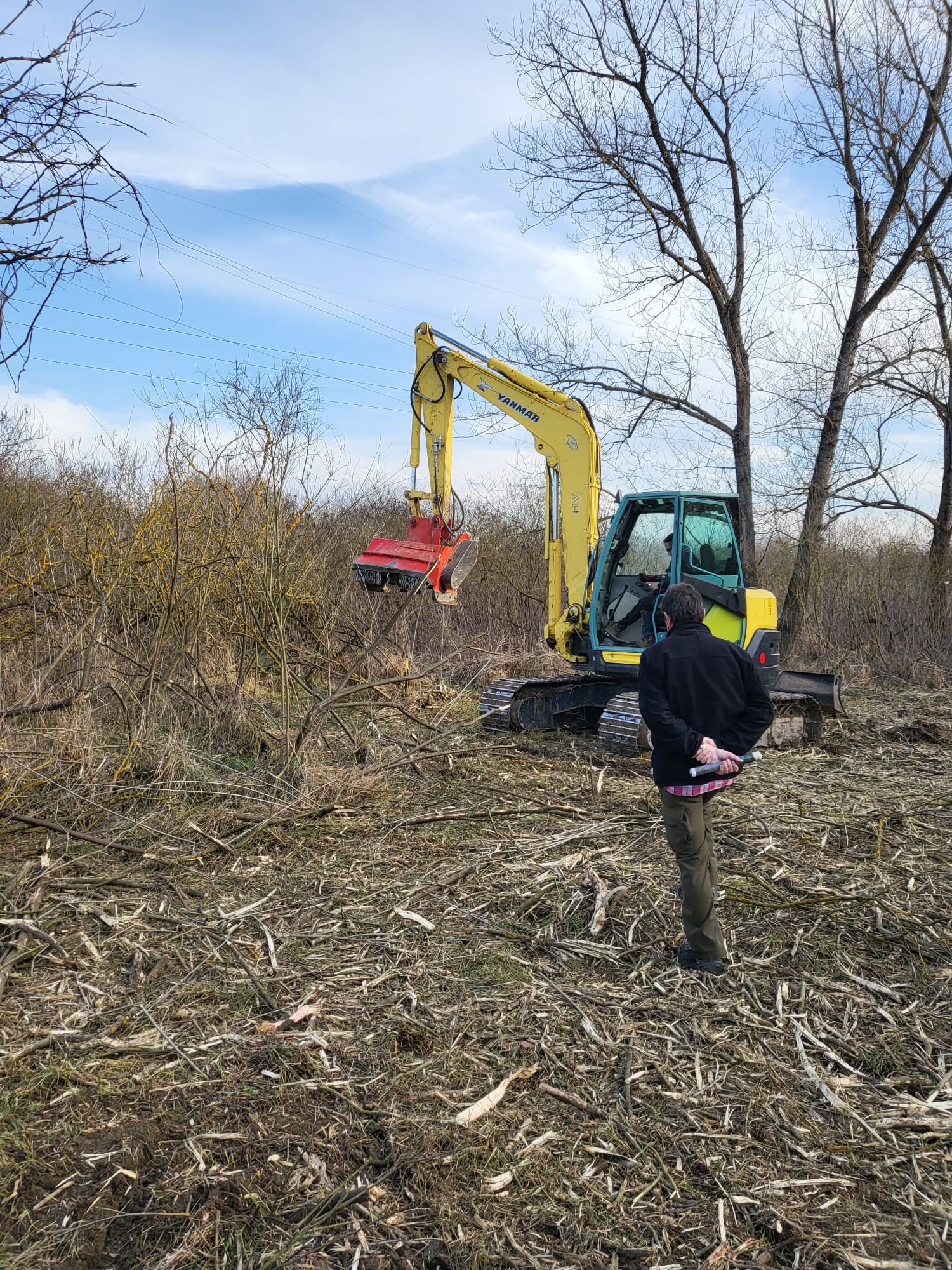
Ph. S. Assini
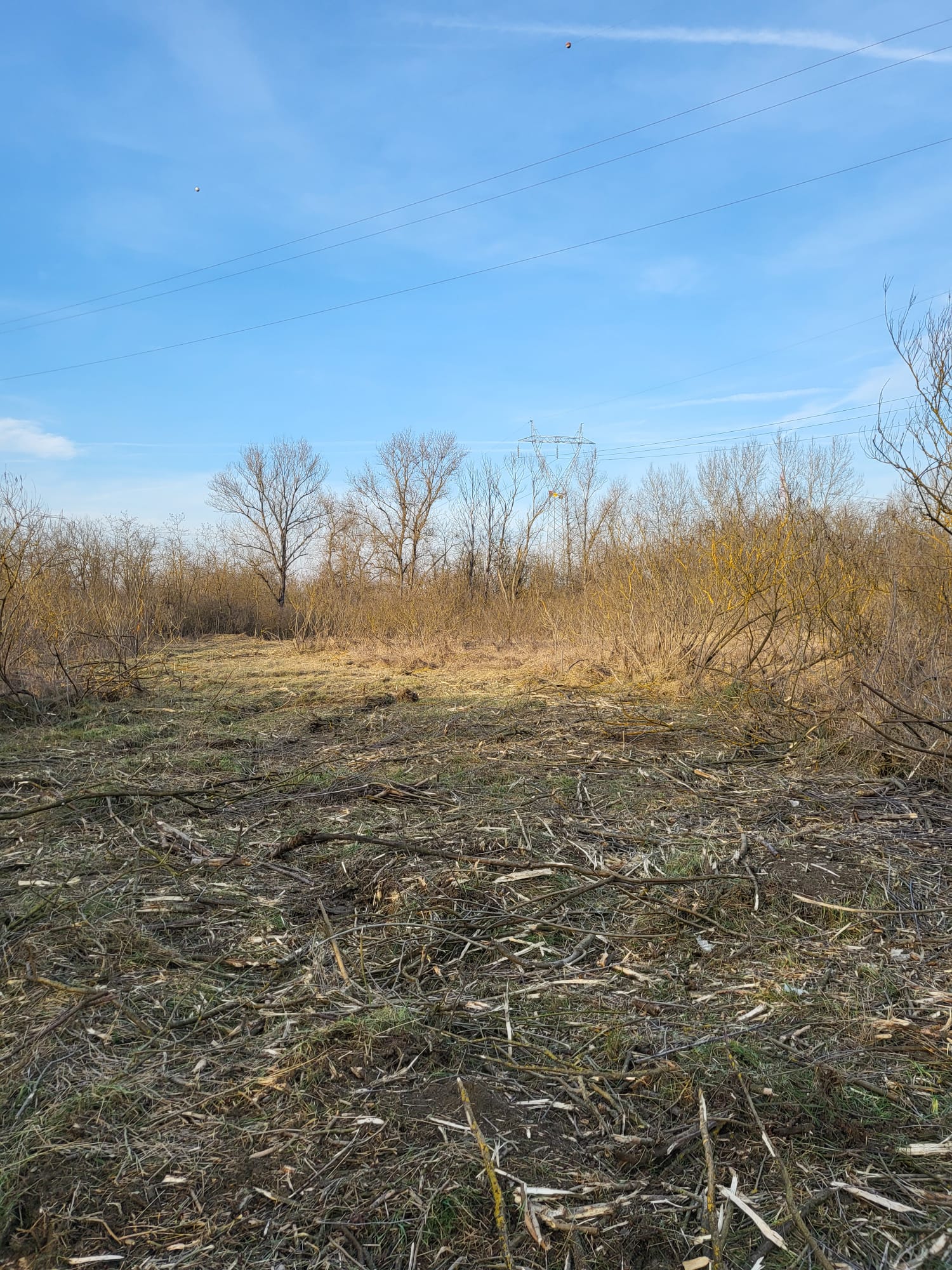
Ph. S. Assini
Mentre per gli individui adulti e di grandi dimensioni sono previsti altri tipi di trattamento:
– per gli esemplari di Robinia verso la primavera si utilizzerà l’endoterapia, cioè la somministrazione di sostanze chimiche direttamente all’interno dei vasi delle piante;
– diversa sorte per il sambuco (Sambucus nigra), che essendo una specie nativa, saranno mantenuti i grandi esemplari per garantire condizioni ecotonali e più ombreggiate sotto la loro chioma.
2. Seguirà la tecnica del sod-cutting che prevede la scarificazione (asporto) dei primi 15 cm di substrato.
3. Infine si procederà con la distribuzione del fiorume (sementi) raccolto quest’estate in un sito donatore che già ospita l’habitat 6210.
A differenza di Isola S. Antonio, nella Baraggia di Rovasenda stiamo restaurando due aree di brughiera (Habitat 4030) per cui è stato scelto di utilizzare la tecnica di ranghinatura ? necessaria per rimuovere la vegetazione erbacea secca, in questo caso costituita dalla graminacea Molinia arundinacea, senza danneggiare gli individui di Calluna vulgaris.
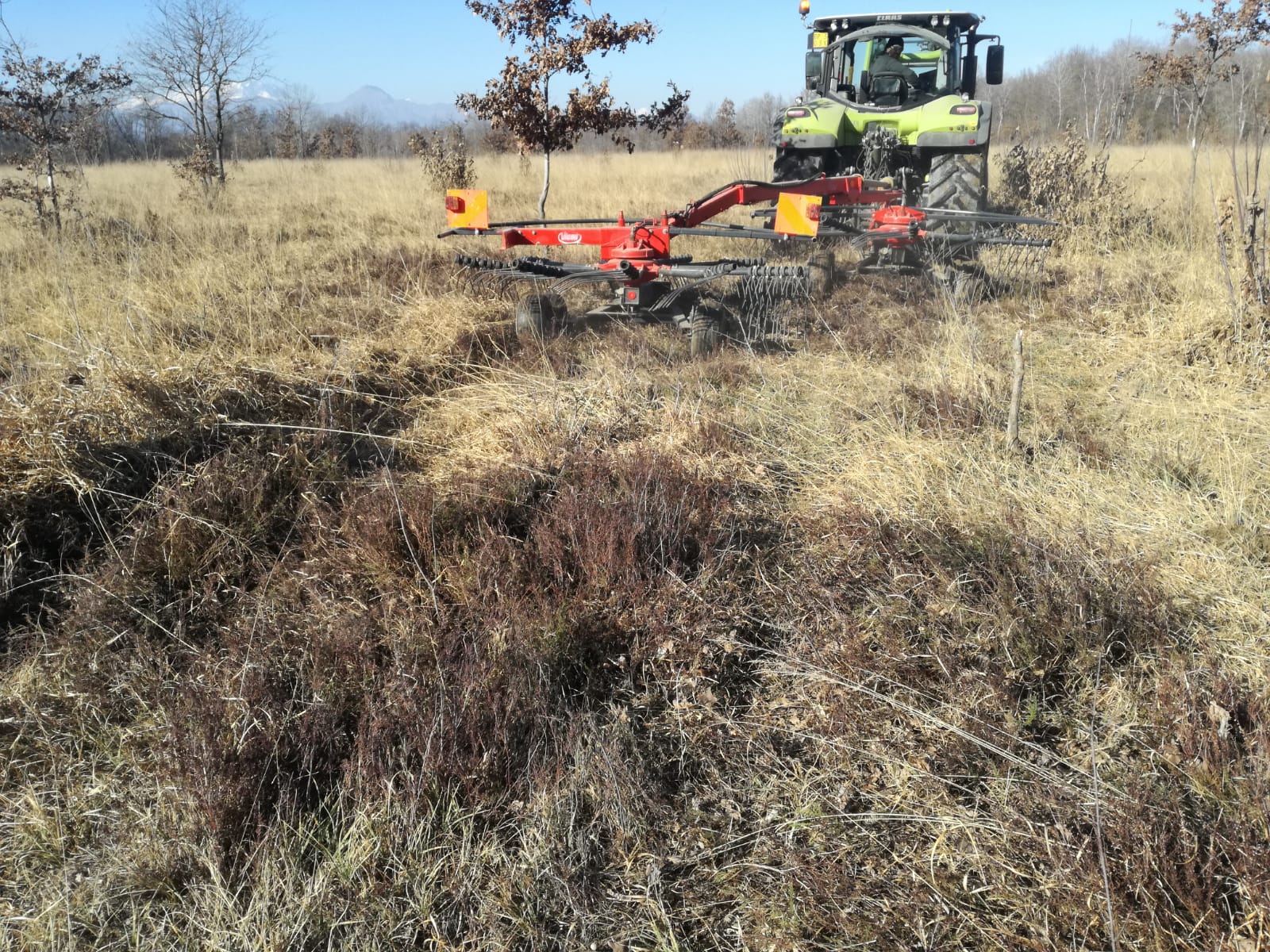
Ph. M. Barcella
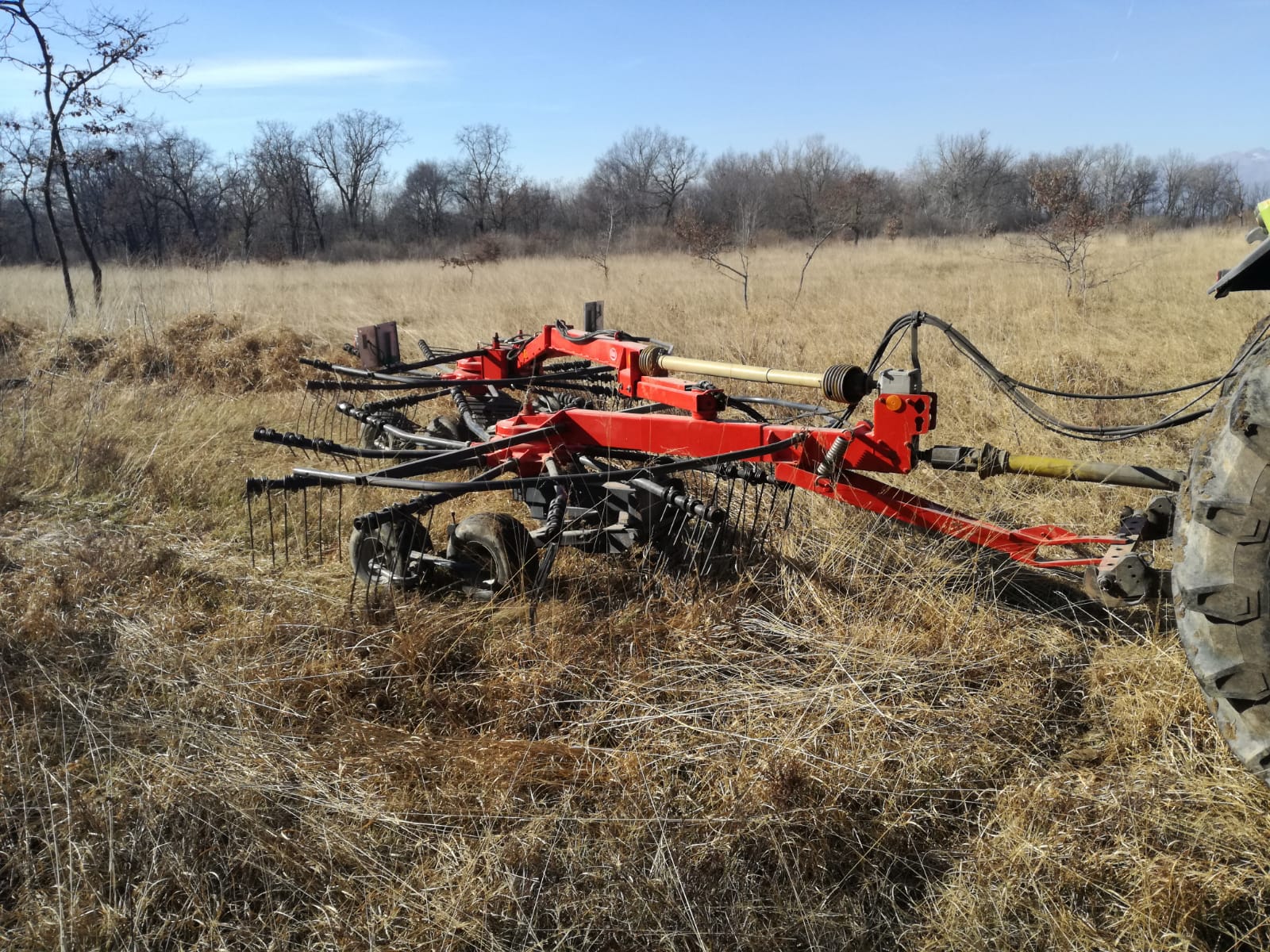
Ph. M. Barcella
Il materiale secco viene poi accumulato in lunghi cumuli paralleli, detti andane, per essere infine raccolto e portato via.
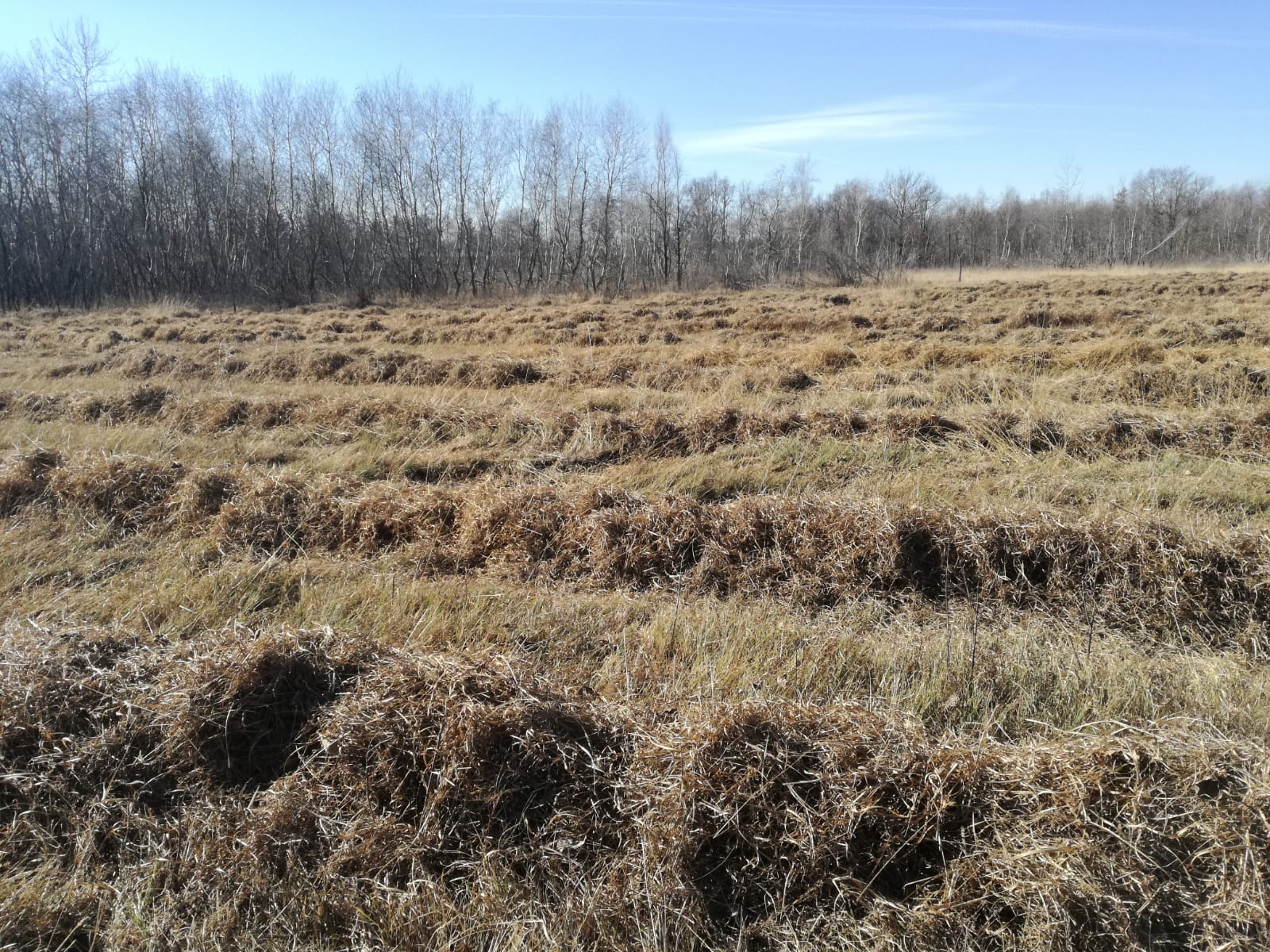
Ph. M. Barcella
Continuano le azioni concrete del progetto… stay tuned ??

